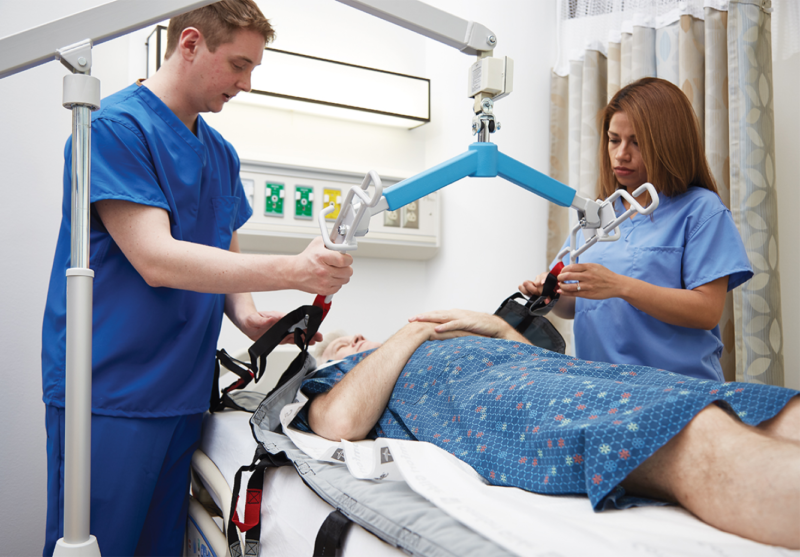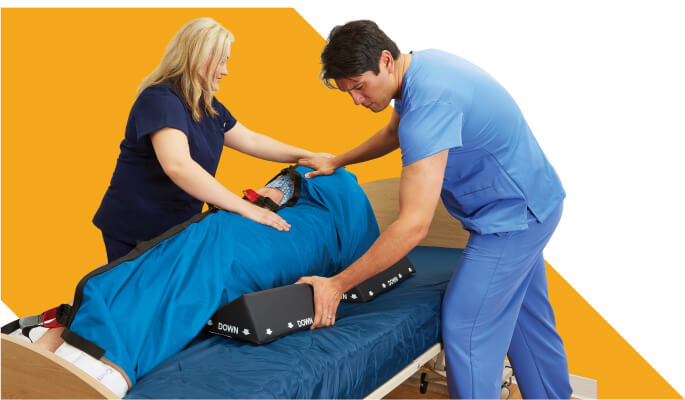References:
1. European Pressure Ulcer Advisory Panel, National Pressure Injury Advisory Panel and Pan Pacific Pressure Injury Alliance. Prevention and Treaatment of Pressure Ulcers /Injuries: Clinical Practice Guideline. The International Guideline. Emily Haseler (ed.). EPUAP/NPIAP/PPPIA:2019.
2. Mervis, J. S., & Phillips, T. J. (2019). Pressure ulcers: Pathophysiology, epidemiology, risk factors, and presentation. Journal of the American Academy of Dermatology, 81(4), 881-890.
3. Pieper, B. (2012). Pressure ulcers: prevalence, incidence, and implications for the future. National Pressure Ulcer Advisory Panel.
4.Padula, W. V., Mishra, M. K., Makic, M. B. F., & Sullivan, P. W. (2011). Improving the quality of pressure ulcer care with prevention: a cost-effectiveness analysis. Medical care, 385-392.
5. Young, D. L., Shen, J. J., Estocado, N., & Landers, M. R. (2012). Financial impact of improved pressure ulcer staging in the acute hospital with use of a new tool, the NE1 Wound Assessment Tool. Advances in skin & wound care, 25(4), 158-166.
6. Berlowitz, D., VanDeusen Lukas, C., Parker, V., Niederhauser, A., Silver, J., Logan, C., & Ayello, E. (2011). Preventing pressure ulcers in hospitals: a toolkit for improving quality of care. Agency for Healthcare Research and Quality.
7. Smith, S., Snyder, A., McMahon Jr, L. F., Petersen, L., & Meddings, J. (2018). Success in hospital-acquired pressure ulcer prevention: a tale in two data sets. Health Affairs, 37(11), 1787-1796.
8. Bennett, R. G., O’Sullivan, J., DeVito, E. M., & Remsburg, R. (2000). The increasing medical malpractice risk related to pressure ulcers in the United States. Journal of the American Geriatrics Society, 48(1), 73-81.
9.Lyder, C. H., Wang, Y., Metersky, M., Curry, M., Kliman, R., Verzier, N. R., & Hunt, D. R. (2012). Hospital‐acquired pressure ulcers: results from the national Medicare patient safety monitoring system study. Journal of the American Geriatrics Society, 60(9), 1603-1608.
10. Houghton, P. E., & Campbell, K. (2013). Canadian best practice guidelines for the prevention and management of pressure ulcers in people with Spinal Cord Injury: a resource handbook for clinicians. Ontario Neurotrauma Foundation.


